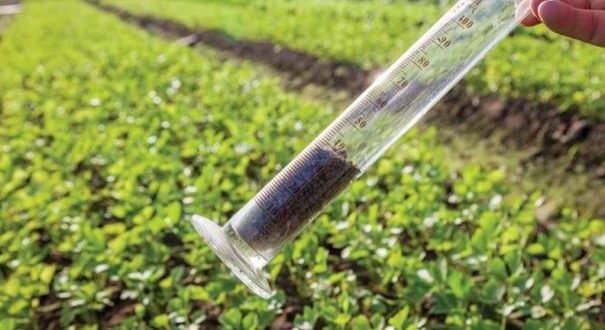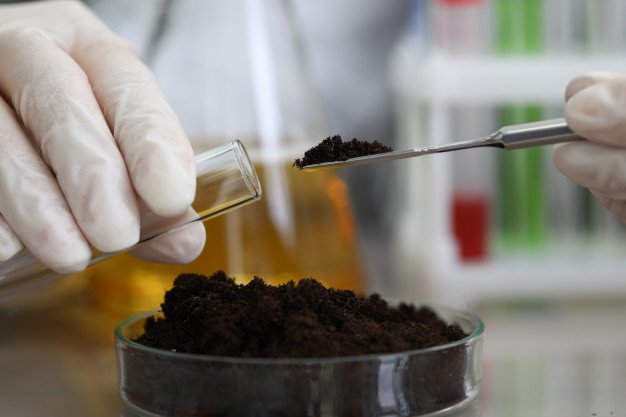- Mon - Sat: 9.00 - 6.00
- darltesting@gmail.com
- +91 97173 24010
Soil Testing
Soil Testing
Soil Testing Services provide critical insights into soil health, fertility, contamination levels, and suitability for agriculture, landscaping, or construction. Whether you’re a farmer, builder, or environmental consultant, accurate soil analysis is key to sustainable and productive land use.
Why Soil Testing Is Important
✅ Optimize fertilizer use and reduce costs
✅ Prevent overuse of chemicals and environmental damage
✅ Identify nutrient deficiencies or toxic elements
✅ Ensure compliance with agriculture and construction norms
✅ Make informed decisions for planting, landscaping, or building
✅ Prevent overuse of chemicals and environmental damage
✅ Identify nutrient deficiencies or toxic elements
✅ Ensure compliance with agriculture and construction norms
✅ Make informed decisions for planting, landscaping, or building
Explore More Services
Soil testing involves analyzing soil samples to determine their physical, chemical, and biological properties. This process helps assess soil fertility, identify potential problems, and make informed decisions about fertilizer, lime, and other soil amendments. Soil tests can also be crucial in construction and other fields, providing information about soil’s bearing capacity and suitability for building foundations.

Agricultural Soil Testing

Contaminant & Industrial Soil Testing

Construction & Geotechnical Soil Testing
Soil Testing
Frequently Asked Questions
1. Why is soil testing important before farming or construction?
Soil testing reveals the chemical, physical, and biological characteristics of the soil, helping optimize fertilizer use, prevent contamination, and assess suitability for agriculture or structural foundations.
2. What does a standard soil test include?
A basic test typically includes:
pH and electrical conductivity
Organic matter and NPK nutrients
Micronutrients like zinc, iron, and copper
3. How often should soil be tested?
For agriculture, it's recommended to test soil once every 2–3 years. In construction or environmental projects, testing is required before each new project or land use.
4. Do you provide recommendations based on the results?
Yes. We offer crop-specific fertilizer recommendations, soil health improvement plans, and construction suitability reports based on the analysis.
5. Can you detect soil contamination?
Absolutely. We test for heavy metals, pesticide residues, hydrocarbons, and industrial waste components to evaluate pollution levels.
